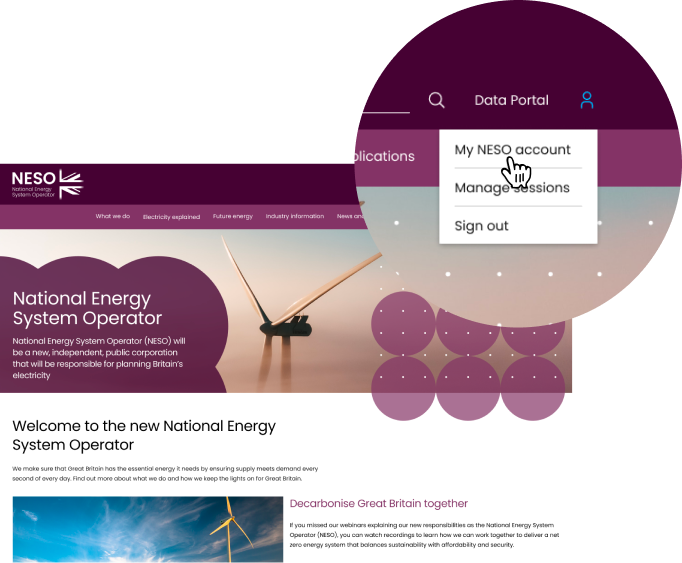Search results
Filter by
Content (432)
Energy 101
Nuclear generation is and is expected to continue to be an important part of the GB generation mix as we progress toward net zero, The Prime Minister’s recent 10-point plan laid clear that nuclear…
Energy 101
Hydrogen can be produced from a variety of resources, such as natural gas, nuclear power, biogas and renewable power like solar and wind.For some time now, we have used natural gas for these purposes…
Energy 101
Gas is a fossil fuel which can be used to generate electricity. By burning gas, heat is created which powers a turbine. The rotation of this turbine spins a generator, which produces electricity.How…
Energy 101
Voltage is what makes electric charges move. It is the 'push' that causes charges to move in a wire or other electrical conductor.NESO moves huge amounts of electricity, at a voltage of up to 400,000…
Energy 101
Restoration refers to the process of restarting the grid following a power cut and it is a requirement for us, as NESO, to have a process in place in the event of a partial or total shut down. …
Energy 101
Frequency literally means the number of times something happens over a period of time.
Energy 101
As NESO, our role is to move it around the country from where it’s generated to where it’s needed. We don’t create or sell electricity – there’s an electricity market where that happens.To do…
Energy 101
Our role as Britain’s energy system operator is to manage the flow of electricity around the grid so it’s available when people need it – and that means keeping the supply secure.Supply and demand…
About NESO
We’re passionate about transparency. That’s why we’ve established a number of stakeholder groups. Members are selected from both inside and outside the energy sector, to ensure a wide range of…
Energy 101
It’s our job to keep the cost of running the system as low as possible, so we can keep energy bills down. One of the ways we do this is with constraint payments.When there are physical constraints on…
